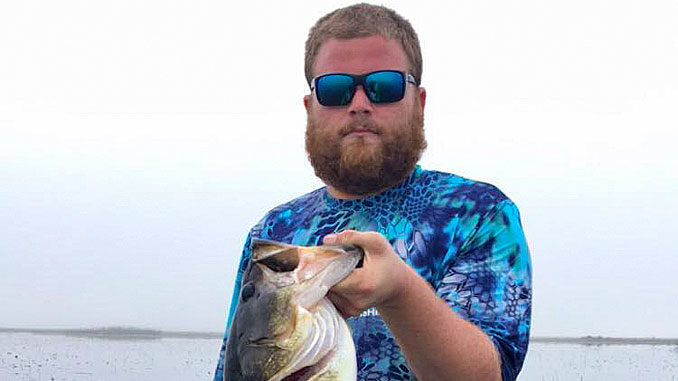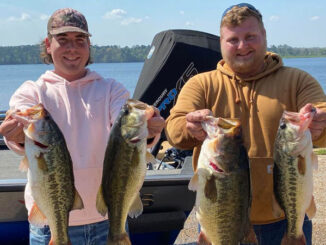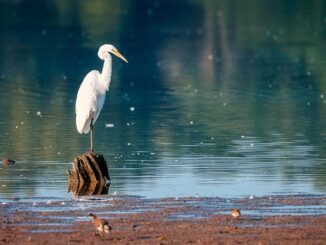
Give Jonathan Quinn a homemade, aluminum marsh boat that shines in the skinniest water, a 25 HP GatorTail, a heavy-duty trolling motor, 50-pound braid, a 7-foot, heavy action baitcasting rod and a Spro plastic frog, and he’ll catch trophy-sized bass at Lacassine Pool.
And May is one of the best months, if not THE best month, for him to do just that. His insight and experience can help other bass anglers hook up with 7- to 11-pound bass that lurk in the 16,000-acre marsh.
Quinn, who lives in Sweet Lake, a small community in Cameron Parish, has been hunting big bass at Lacassine Pool most of his life, particularly over the past 11 years. A 27-year-old instrument technician at Westlake Chemical, Quinn has had some success on the Lacassine National Wildlife Refuge.
How successful? Quinn has caught and released more than 30 bass weighing 7 pounds and better since 2016. His biggest was a 10.4-pound marsh giant, with multiple 7s, 8s and 9s boated.
One day last year, Quinn and his mother’s biggest five bass weighed 42 pounds.
The biggest bass ever put in his marsh boat, built by Eric Richard of Creole, is 11 1/2 pounds. This year, in the first eight days the pool was opened, Quinn fished only twice but caught three 7-pounders.
Why May?
According to Quinn, May is a prime time to wrestle with big bass in Lacassine Pool. Here’s why:
Many bass are done with the spawn, which apparently came early this year, before the fishing pressure hit, and they are putting on their feedbags big time.
The water is full of bass fry, and the females are trying to protect them.
Frogs, an amphibious delicacy for bass, have had their offspring, and there are plenty of them.
“In May, they’ll be mad, and they’ll be trying to keep everything away from their babies,” Quinn said. “You want to throw anything that’ll piss those fish off. May is baby frog time. It’s the nature of what they’re eating.”
That’s why Quinn ties a Spro frog to the business end of his braid. When it’s overcast, he uses a dark-colored frog, maybe black, and a white or bright-colored frog when it’s clear and sunny.
That’s all he fishes with these days, a plastic frog. He’s addicted. Now, if he swings and doesn’t connect, he’ll come back fast with a Zoom Super Fluke.
“Frogs are thick out there,” he said.
Using an inexpensive plastic frog won’t cut the mustard.
“You definitely don’t want to use something cheap, because you don’t want to break or bend hooks,” he said.
Why 50-pound braid and a heavy action stick? Both are necessary because of the thick vegetation.
“You’re about to pull (the bass) through a cement wall,” he said.
What to target
Mostly, Quinn targets big bass in the thickest grass and dollar lily pads growing on the pool, which should have plenty of vegetation by May. He’ll launch his boat at the old ramp, where he doesn’t have to travel far to get in prime big bass country, the North Pond. Some other likely hotspots are The Duck Penn and Twin Cypress area, he said.
From May to August, fish a solid, thick patch of dollar lilies. It’s important to fish those areas that aren’t full of vegetation under the dollar lilies, at least a foot of clearance. You can tell with the trolling motor, he said.
Bass prefer that habitat because the water’s cooler under the canopy of dollar lily pads, but it’s unfishable if there’s vegetation top to bottom.
When the day is bright and sunny, head to the thickest stuff. When it’s overcast, stay on the edge of that stuff on the flats and throw plastic frogs and buzz baits, he said.


